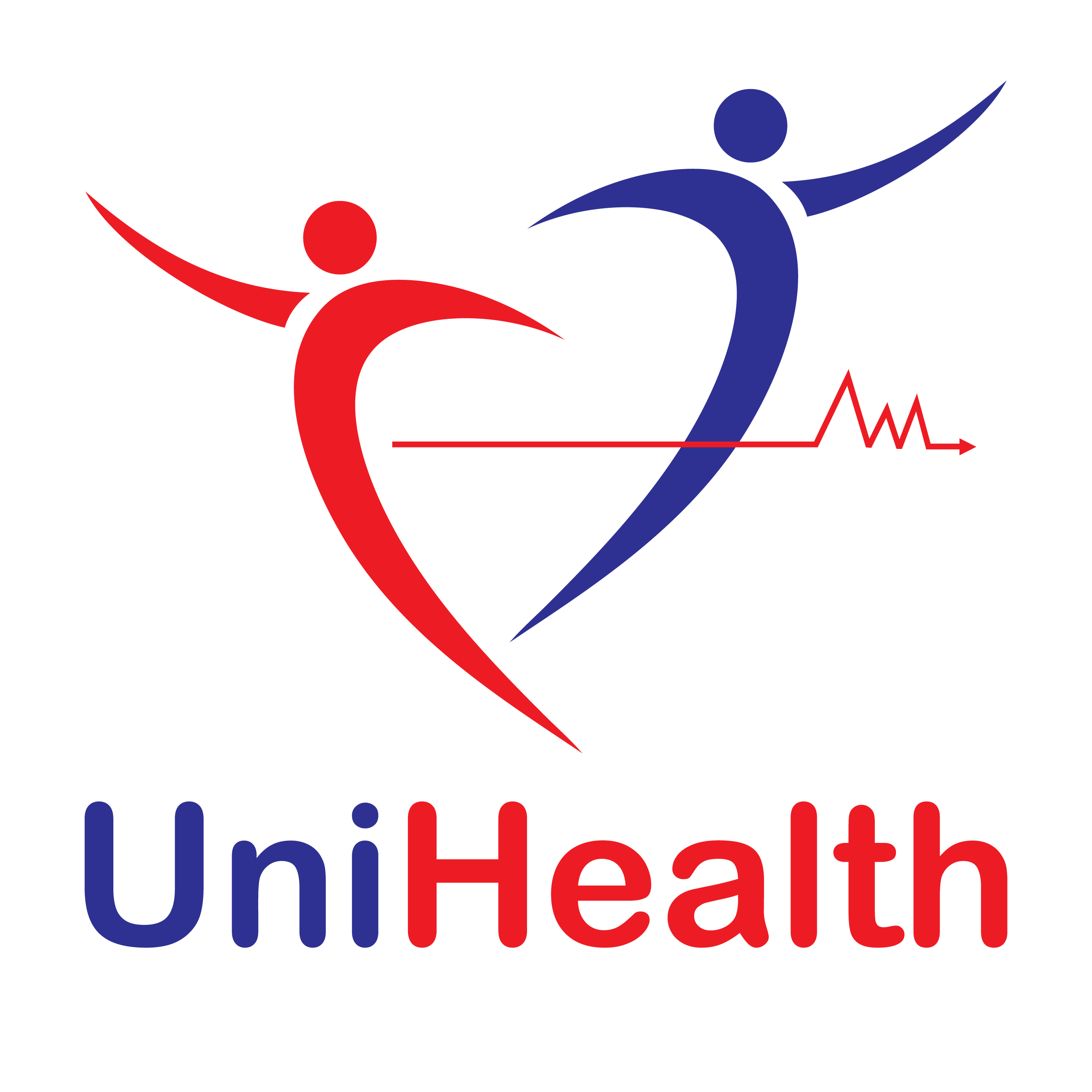Brain stroke, commonly known as a stroke, occurs when blood flow to the brain is interrupted, depriving brain cells of oxygen. This leads to potential cell damage and can result in life-altering disabilities or even death. Strokes are often sudden, but recognizing warning signs and acting swiftly can significantly improve outcomes. At UMC Victoria Hospital, we prioritize educating the public on stroke prevention and response to help reduce its devastating impact.
Types of Strokes
There are three main types of strokes: ischemic, hemorrhagic, and transient ischemic attack (TIA).
Ischemic Stroke: This is the most common type, accounting for about 85% of strokes. It occurs when a blood clot blocks a blood vessel in the brain, restricting blood flow. This blockage may be due to fatty deposits or clots that travel to the brain from other parts of the body.
Hemorrhagic Stroke: This type occurs when a blood vessel ruptures and leaks into the brain. High blood pressure, aneurysms, and weakened blood vessels can all increase the risk of hemorrhagic stroke.
Transient Ischemic Attack (TIA): Often called a “mini-stroke,” a TIA is a temporary blockage of blood flow to the brain. While TIAs don’t cause permanent damage, they are often early warning signs of a future stroke and should not be ignored.
Recognizing the Signs: FAST
The faster a stroke is identified, the better the chances of recovery. The acronym FAST is used to help people remember the common signs of a stroke:
Face drooping: One side of the face may droop or feel numb.
Arm weakness: The person may experience weakness or numbness in one arm.
Speech difficulty: They may have slurred speech or trouble speaking.
Time to call emergency services: If you observe these symptoms, seek immediate medical help.
Knowing FAST can make the difference between life and death or severe disability.
Preventing a Stroke
Preventing a stroke begins with managing key risk factors. Here are some steps to help reduce your risk:
Maintain a Healthy Blood Pressure: High blood pressure is a leading risk factor for stroke. Regular check-ups, a balanced diet, and regular exercise can help keep your blood pressure in a healthy range.
Avoid Smoking: Smoking damages blood vessels and increases clot formation, heightening the risk of ischemic stroke. Quitting smoking significantly reduces stroke risk.
Exercise Regularly: Physical activity helps improve blood circulation, lowers blood pressure, and reduces cholesterol levels. Aim for at least 30 minutes of moderate exercise most days of the week.
Manage Diabetes: High blood sugar can damage blood vessels, making them more prone to clots. Monitoring blood sugar levels and following a doctor’s advice are crucial for diabetes management.
Eat a Healthy Diet: Focus on whole grains, lean proteins, fruits, and vegetables. Avoid excessive salt, sugar, and saturated fats, which contribute to high blood pressure and cholesterol.
Treatment and Rehabilitation
In the event of a stroke, quick treatment is essential. At UMC Victoria Hospital, we provide advanced stroke treatments, including clot-dissolving medications and surgeries for hemorrhagic strokes. Following treatment, rehabilitation, including physical therapy, occupational therapy, and speech therapy, can help patients regain lost functions and improve their quality of life.
Conclusion
Strokes can happen without warning, but understanding the signs and managing your health can greatly reduce the risk. This World Stroke Day, UMC Victoria Hospital encourages everyone to be aware of stroke symptoms, adopt healthier lifestyle choices, and seek prompt medical care if symptoms arise. Early action can save lives and prevent lifelong disabilities.


